Does an Ideal Diet Exist?
The word "diet" just means the food you eat daily, not a word to denote a way to lose weight. An ideal diet does not exist, but a sensible food plan goes a long way in helping us live long, healthy.

The Book - Kindle Version Now Available Worldwide
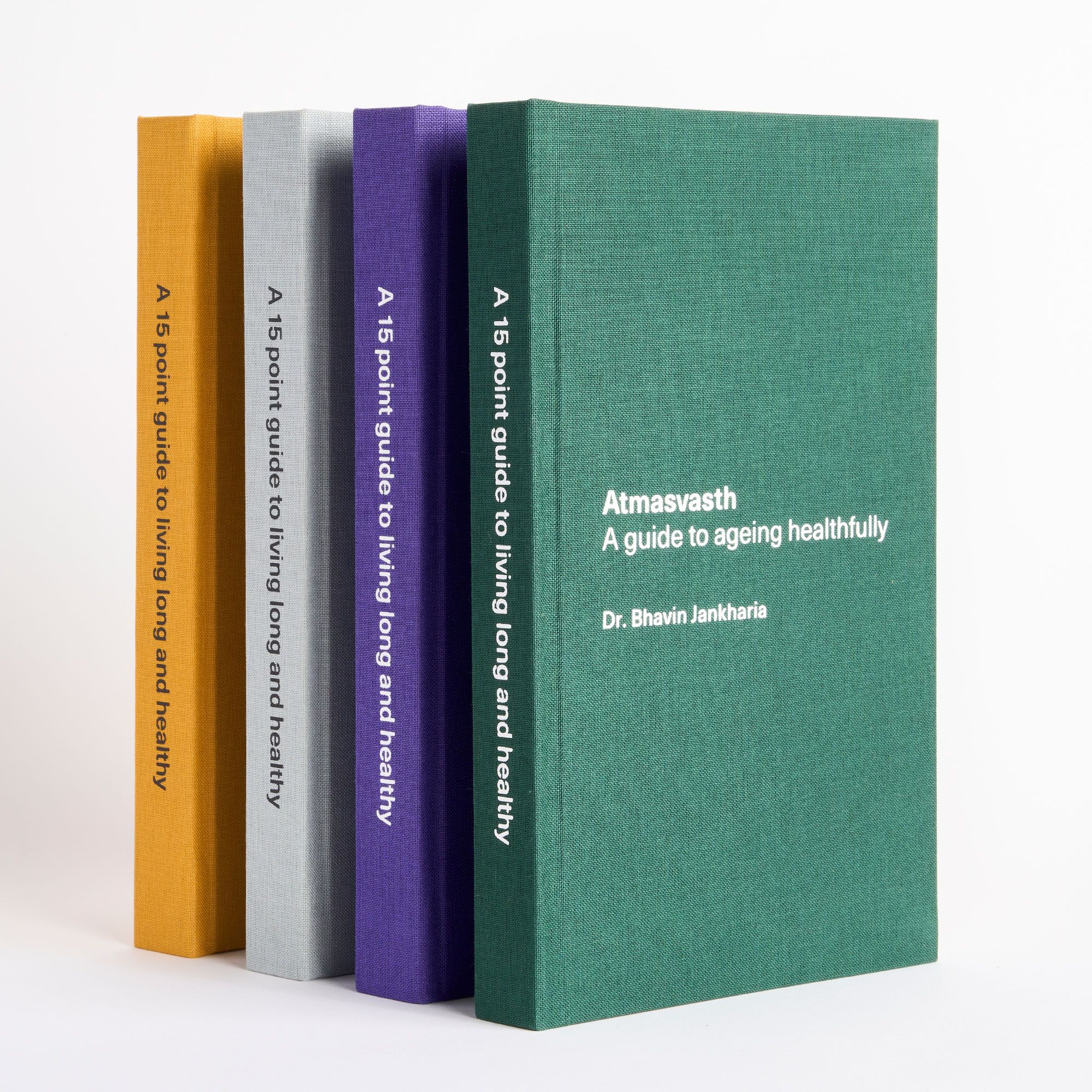
The Detailed 15-Point Guide to Live Long, Healthy
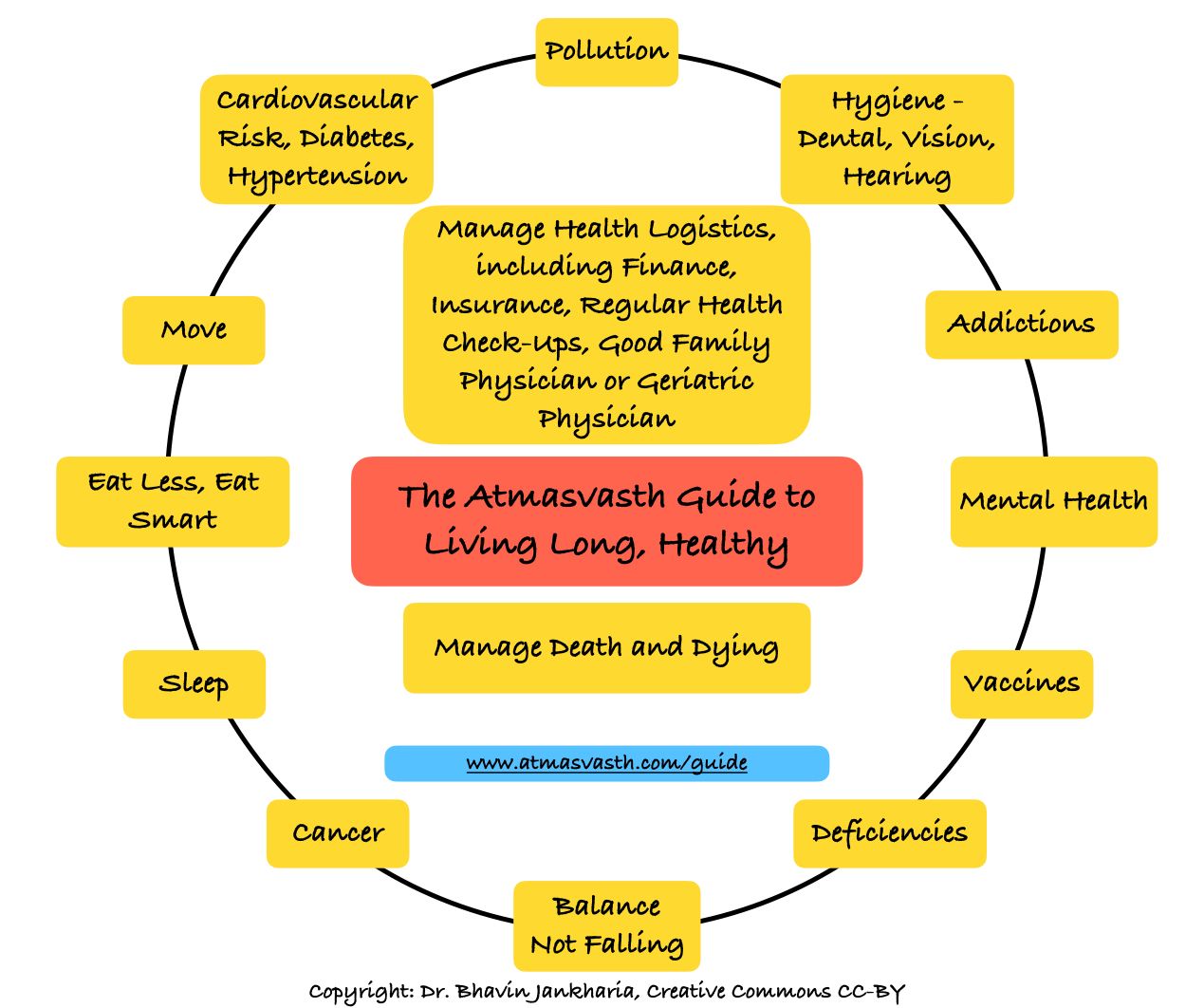
Audio
Text
The word “diet” for most people conjures up a specific food plan that avoids a bunch of common food items and focuses on just a few others, common or uncommon, typically as a means to lose weight.
It is only when we use the term “diet” to define the food we eat, not as a means to reduce our intake for weight loss, is it possible to have a constructive discussion around this word. Otherwise, the moment the word “diet” enters a conversation, it pretty much goes downhill with different people bringing up their personal experiences (low fat, high fat, high protein, low carb, low cal, Atkins, paleo…etc) and those of people they have seen on Instagram or Facebook, most of which have no scientific basis.
An ideal “diet” or “food” plan should help us eat right to live long, healthy. It is not about losing weight, but more about making sure that what we eat (along with physical activity and other acts of commission and omission) keeps us healthy and more importantly, does not make us unhealthy.
An excess amount of food (say 3000 calories or more everyday if you are not an elite athlete), excess salt, excess ultra-processed foods (UPFs) on a daily/regular basis, but within the context of understanding what the true unhealthy UPFs are as I had outlined in last year’s article…will likely accelerate ill-health.
However a sensible “diet”, within limits, will go a long way in helping us with our “atmasvasth” quest to live long, healthy.
An article in the New England Journal of Medicine published in June 2024 [1] does a good job of listing all the diets that are popular world over, more so in the Western world and discusses the current literature related to their efficacy. This picture summarizes the constituents of these popular diets.
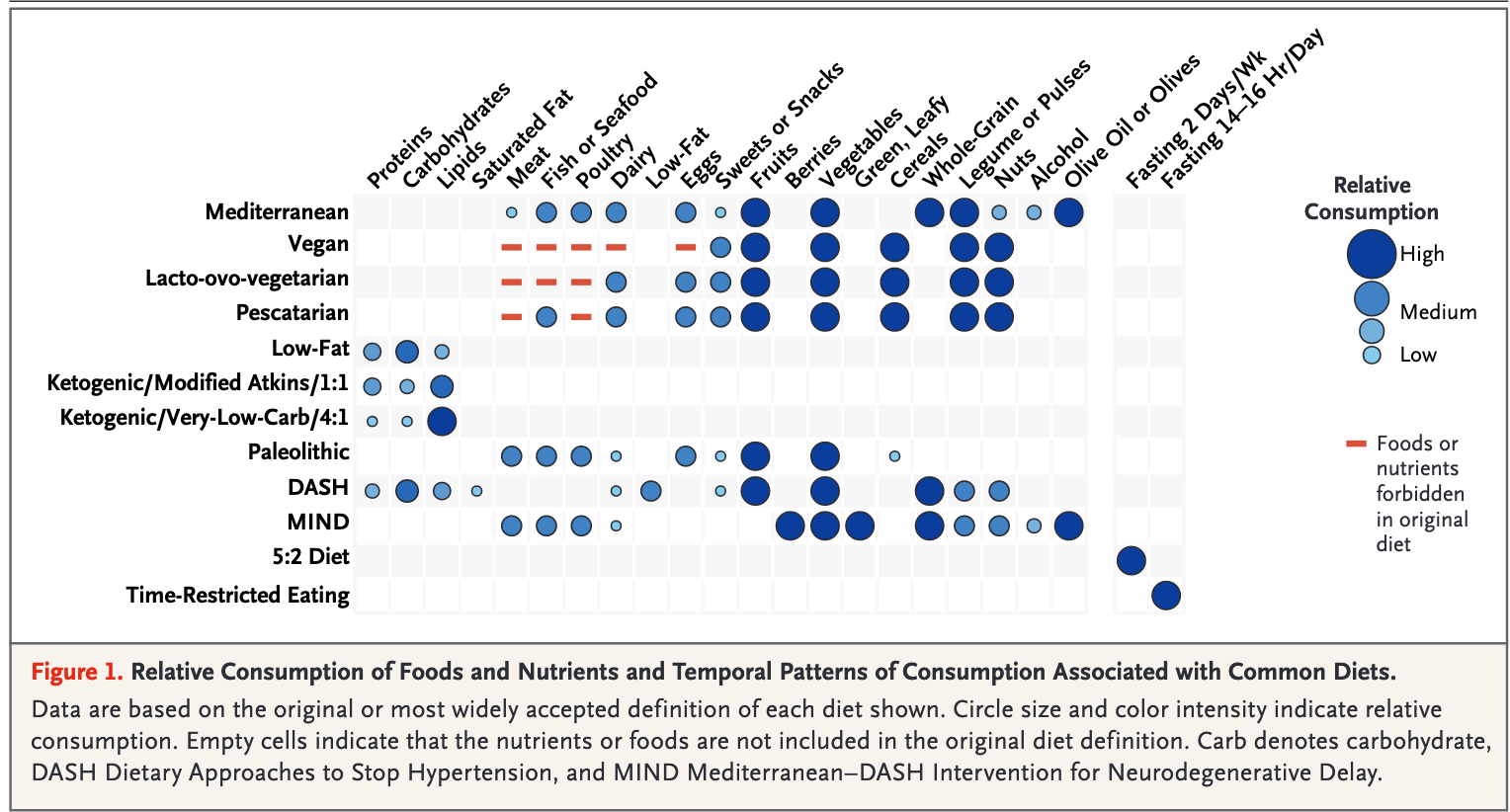
A more recent article published in Feb 2025, in Nature Medicine, discusses the benefits of different dietary patterns [2]. The authors studied adherence to 8 healthy dietary patterns and UPF consumption in people from the Nurses’ Health Study (1986–2016) and the Health Professionals Follow-Up Study (1986–2016) and assessed how long they lived healthy up to the age of 70 along with measures of cognitive, physical and mental health.
As this picture shows, there is no one magic diet that helps across all domains. Each one has strengths and weaknesses though the AHEI (alternative healthy eating index) dietary plan scores a shade better than the other ones, especially for the prevention of chronic diseases.
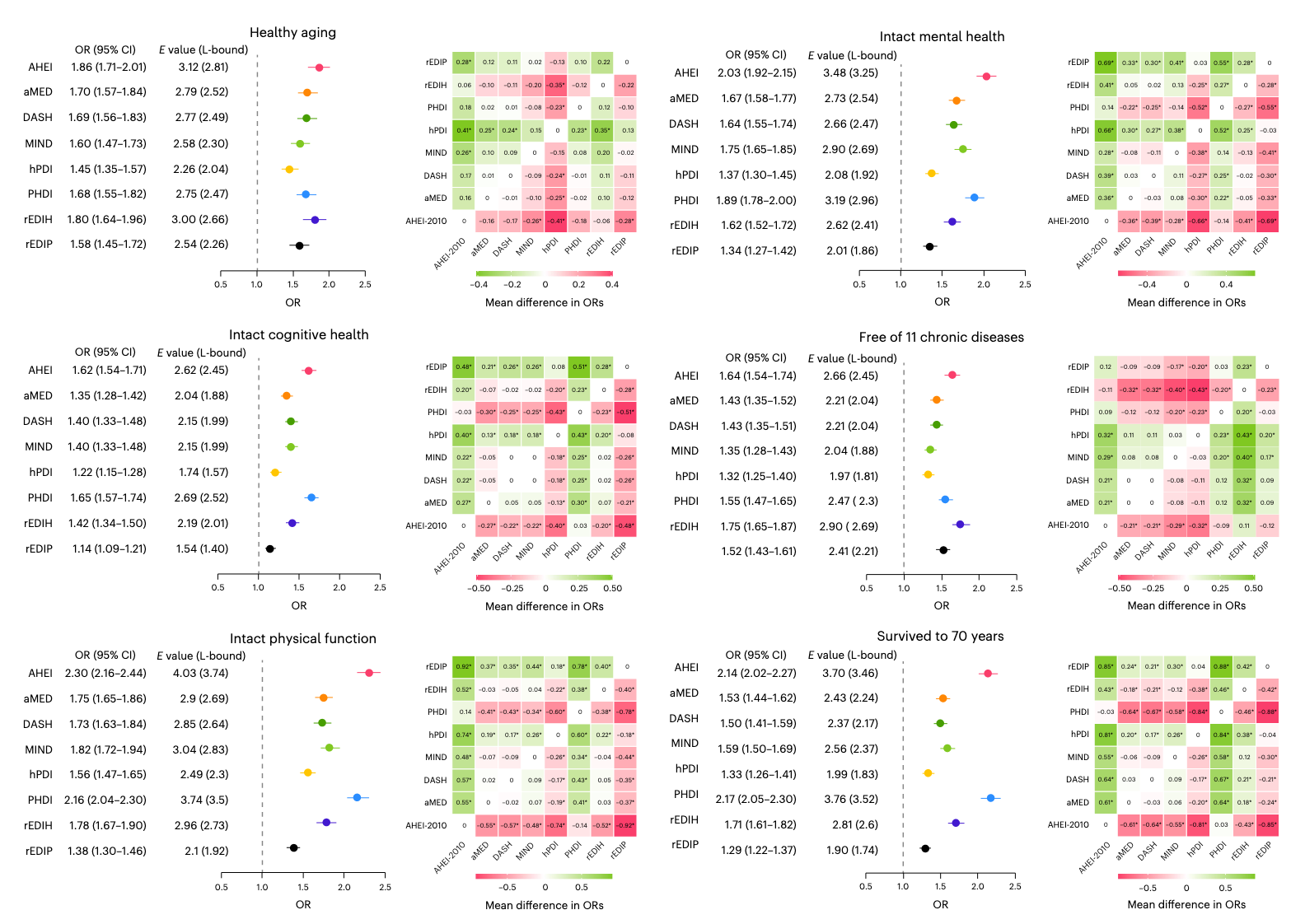
The AHEI site also references “My Plate”, that gives a pictorial representation of what a typical healthy, eating plate should look like.
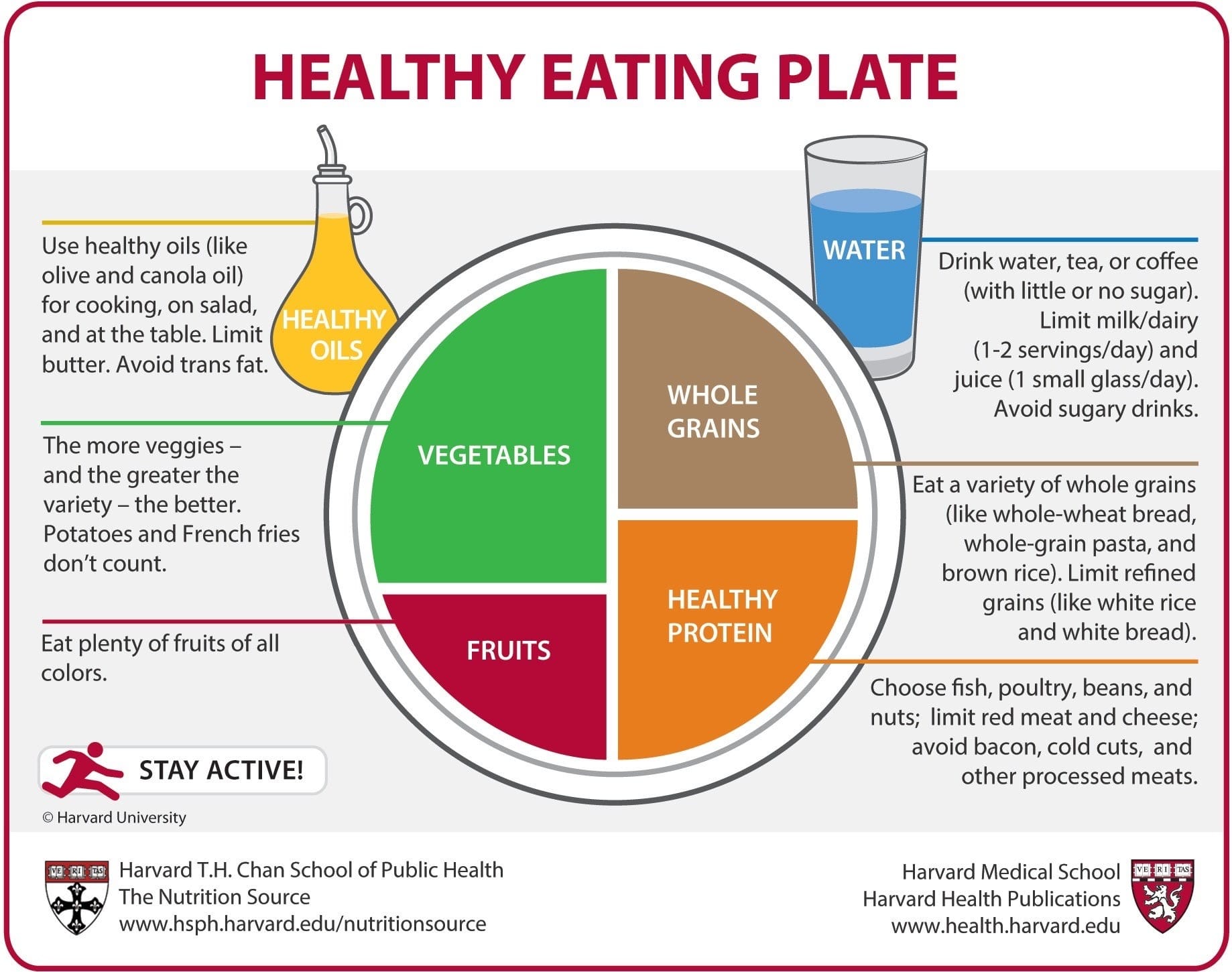
This is quite similar to the plate created by the ICMR-NIN in their 2024 Dietary Guidelines and is more apt for Indian foods and Indians.
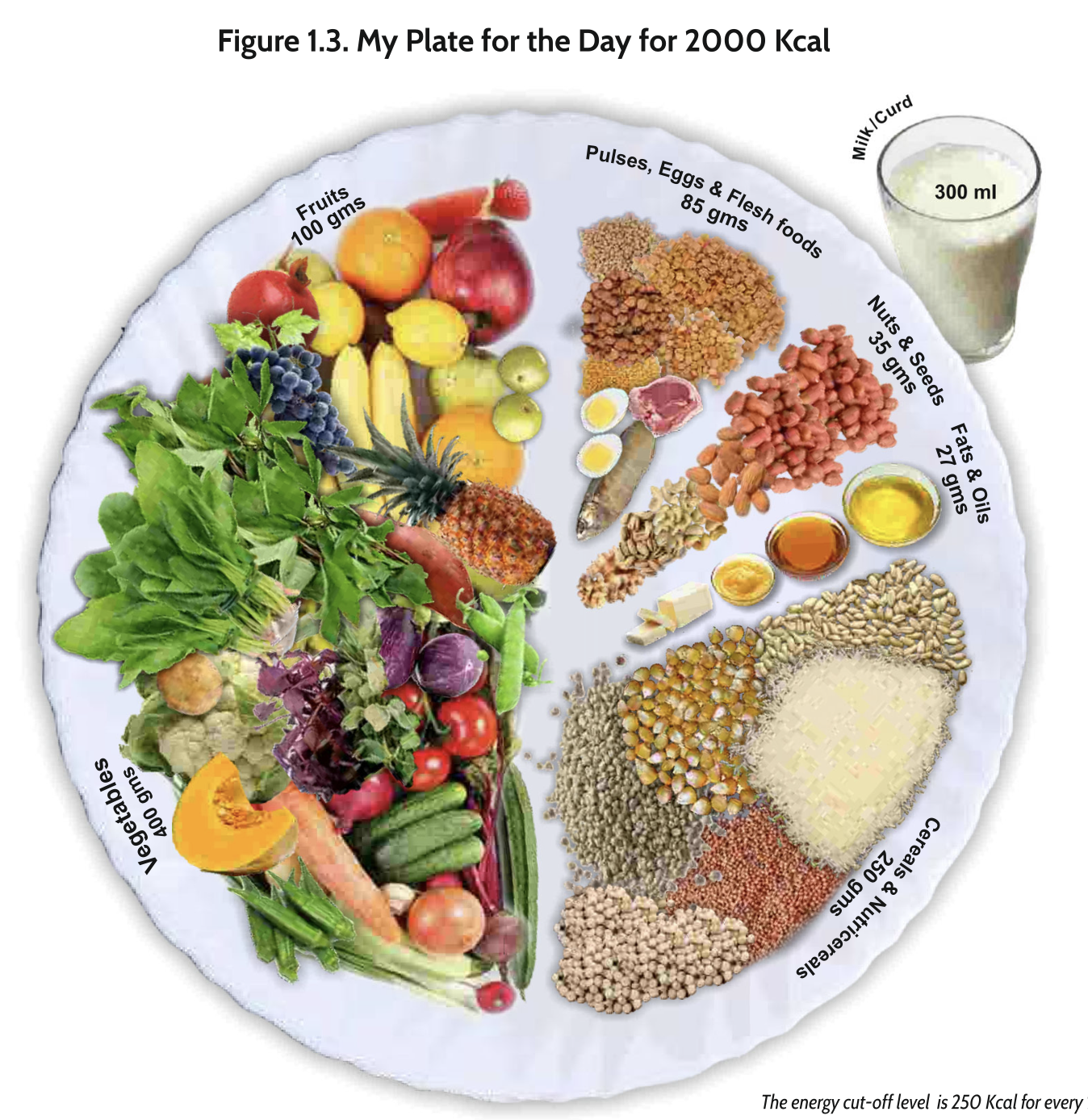
One of the issues with all these studies and diets is that they are mainly focussed on white Western populations and diets and are often not practical for other countries, especially India.
With this in mind, these authors headed by Franchi C have coined the term “Planeterranean” diet [3] and created a food pyramid that works across multiple countries and regions (SA - South Asia).
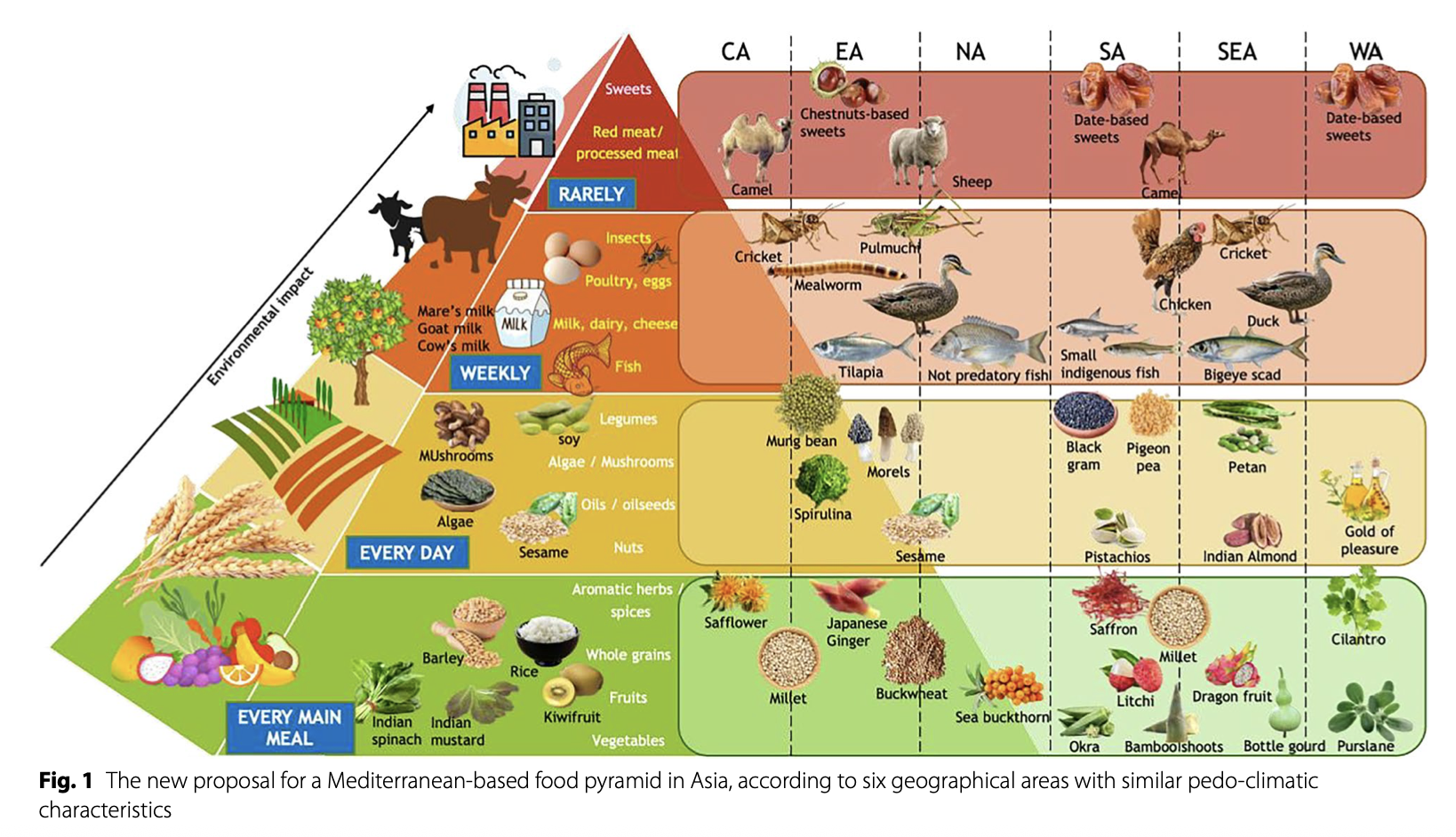
Which brings us to the food pyramid created by the ICMR-NIN, which is more comprehensive and better.
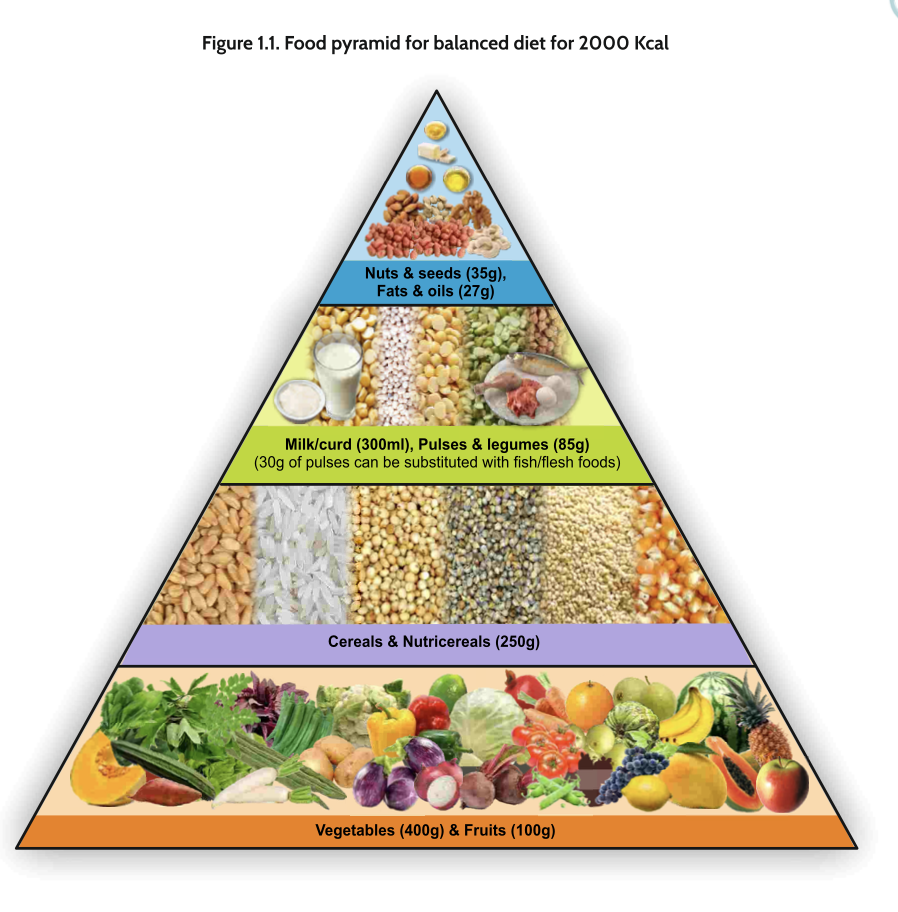
While the ICMR-NIN pyramid is biased towards vegetarian diets, it is with the understanding that those who eat meat and fish will substitute accordingly.
Even after a little under a year when I deconstructed the 2024 ICMR-NIN Dietary Guidelines in two parts, the Guidelines still stand. They are comprehensive, good and sensible and incorporate local “Indian” suggestions to eat healthy and in turn live, long healthy.


There are no short-cuts. Fad diets don’t work. There is no one ideal diet, but there are basic principles that work across board as the ICMR-NIN guidelines mention. What works for you thereafter becomes your ideal diet.
To remind you of point 2 of the 15-point guide.
Eat less, eat smart - eat sensibly - daily
- Aim for a balanced diet with a variety of foods, including 4-5 servings of fruits and vegetables per day and at least 1 portion of non-salted mixed nuts.
- Avoid sugar-sweetened beverages including packaged fruit juices. Approach ultra-processed foods (UPFs) with care...not all UPFs are bad and you have to evaluate each UPF on its own merit
- Some form of intermittent fasting, e.g. time-restricted eating (TRE), at least 5 days a week and/or some form of portion control may help.
- Aim for not more than 1 teaspoon of salt a day and switch to a low-sodium salt substitute if possible. Reduce the intake of processed and ultra-processed foods and restaurant cooked food. Try not to add additional salt during mealtimes.
- You don’t need to count calories daily, but once a month for 5 consecutive days will help you understand how many calories you are consuming. Using an online app helps.
Footnotes
1. Yannakoulia M, Scarmeas N. Diets. Longo DL, editor. N Engl J Med. 2024 Jun 13;390(22):2098–106.
Atmasvasth Newsletter
Join the newsletter to receive the latest updates in your inbox.





